With the introduction of the new breakdown guidelines four years ago, the speed of ruck resolution changed overnight. Defenders were suddenly allowed to win the ball by the simple action of lifting the ball off the ground, tacklers were required to roll away from the cleanout ‘runway’ immediately, instant release of both the tackled player, and the ball were officiated more stringently.
And so, the concept of ‘LQB’ or lightning-quick ball was born. A series of sub-two or three second rucks could be used to break down the cohesion of the defence which did not have the time to regroup effectively.
The new guidelines also offered hope to the defensive side as attacking teams began to commit no more than one or two players to the cleanout in the expectation of creating LQB. If the defence could quickly establish two men over the tackle ball, it could outnumber and overload the cleanout. And so, the ‘double jackal’ became an important antidote to the production of LQB.
A couple of excellent examples occurred at the weekend during the first round of the 2025 Six Nations:
In the game between England and Ireland, the ball-carrier is caught behind the gain-line and temporarily isolated from his support. This gives England the opportunity to establish two defenders over the tackle ball before the first cleanout support arrives, and that player had to make an instantaneous choice about who to remove first: his decision-making process is being overloaded.
The second clip comes from the match between Scotland and Italy:
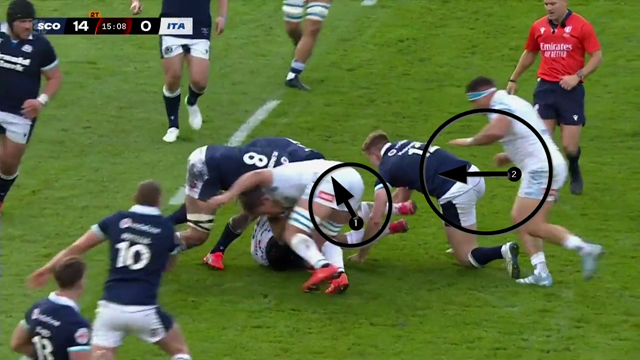
The two cleanout players seldom hit the ruck at the same time – typically the first leads out, the second arrives on top of the ball-carrier to secure the ball and ‘scan’ for threats. The cleanout is sequential but the double jackal is simultaneous, and in this case the first Italian cleanout support picks the wrong man to remove. Turnover Scotland.
Summary
The 2020 breakdown guidelines sped up the game and they also provided new opportunities for the both the attacking and the defensive side: for the attack, LQB and a sequence of super-quick rucks was now a possibility; for the defence, the chance to overload the cleanout before the second support player arrived. The double jackal is one of the very best ways to exploit this new situation on D.
Check out Laurie Fisher’s excellent Defensive Breakdown series on how to approach and train for the ’breakdown.



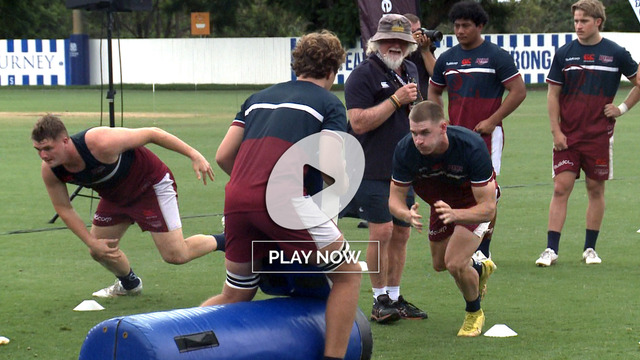
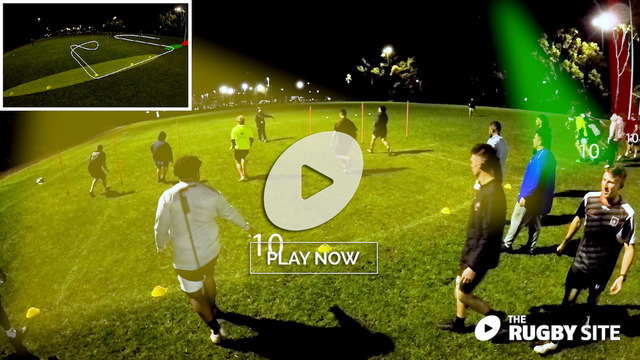
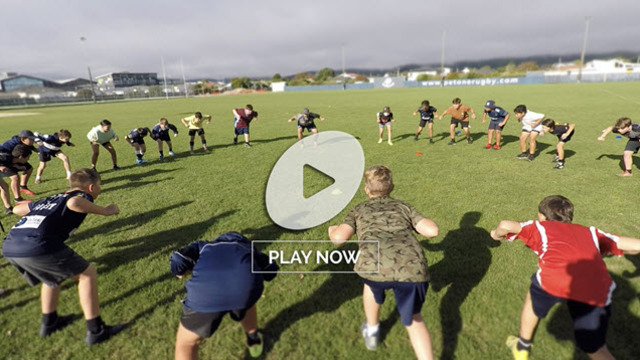
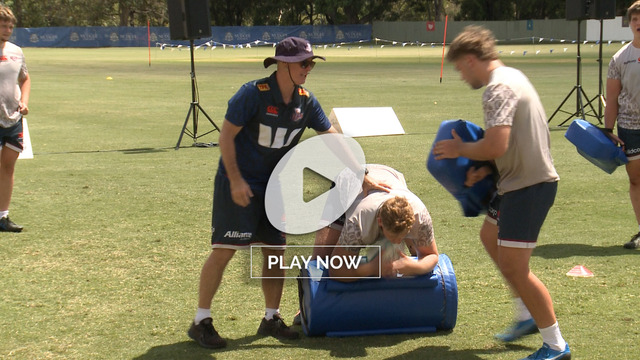


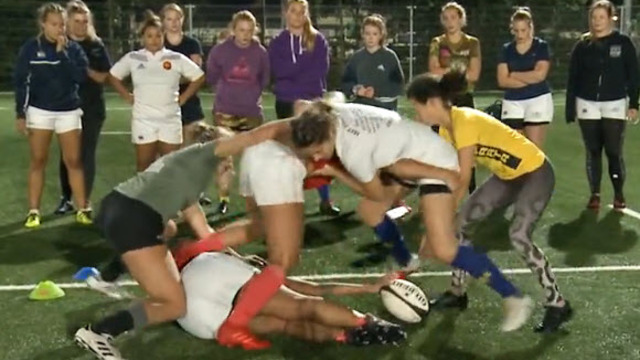

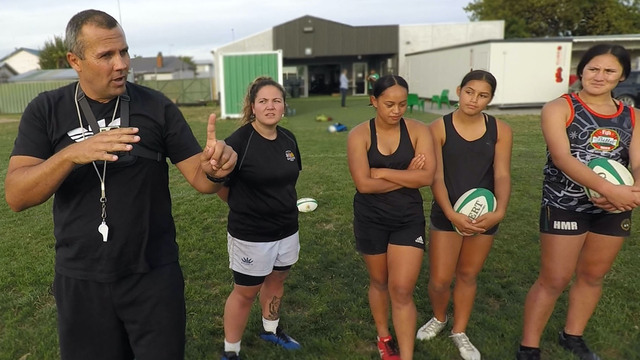

.jpg)
.jpg)
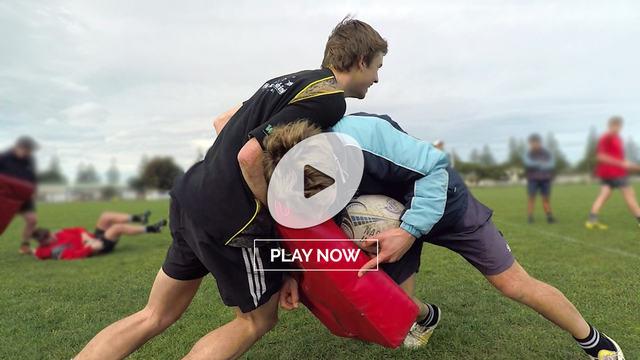
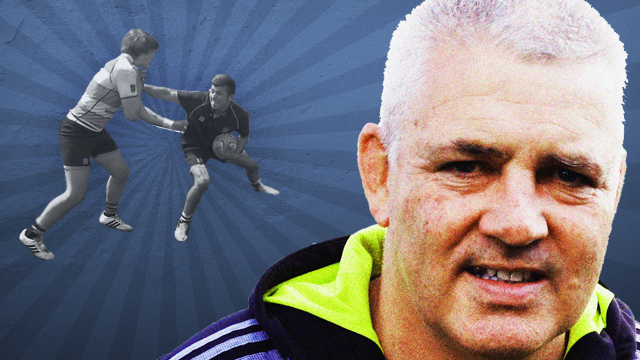
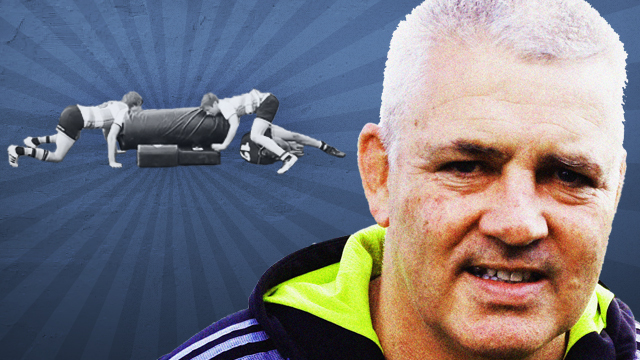

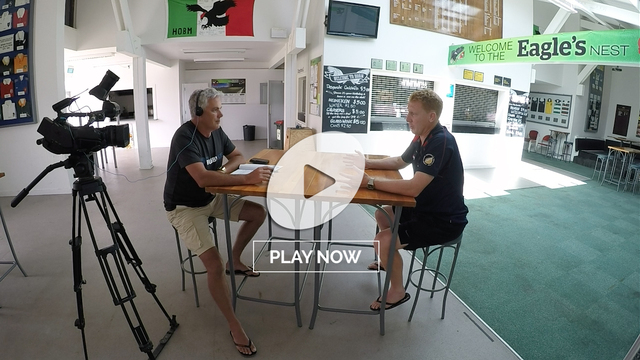
_no_button.jpg)

